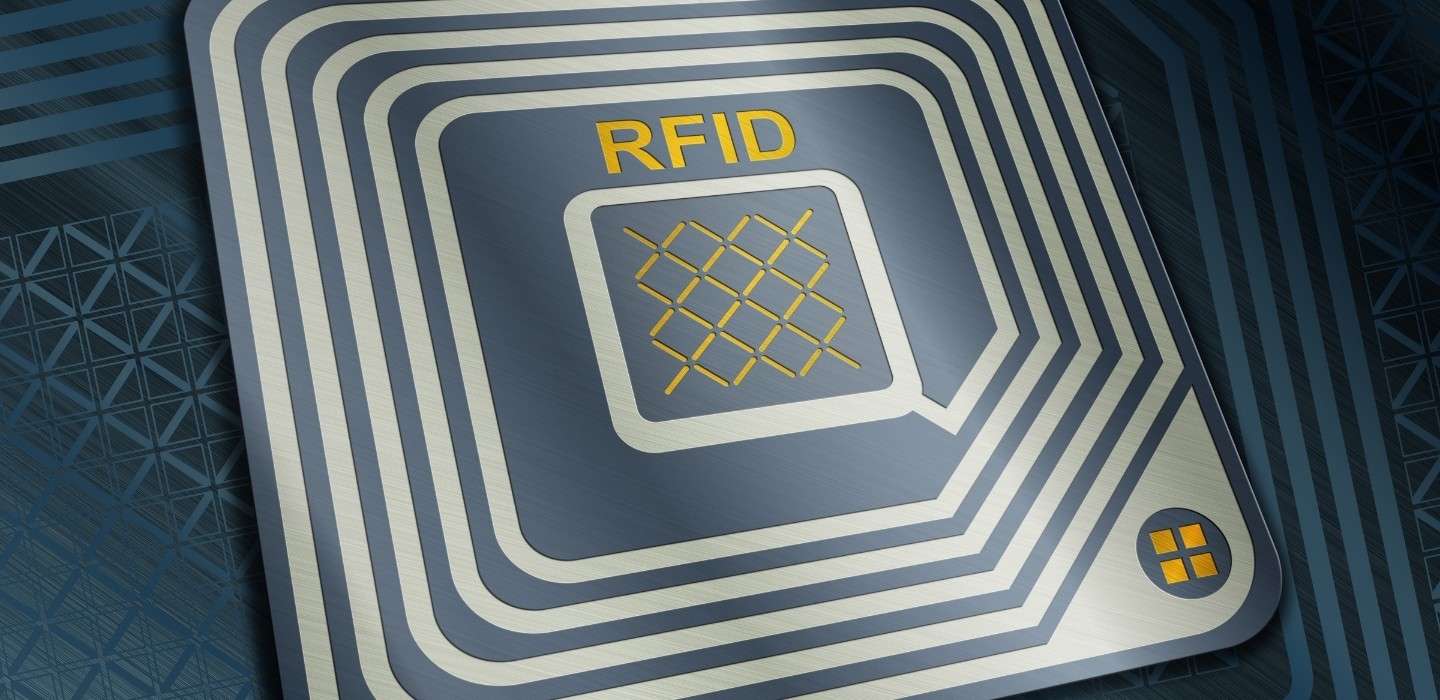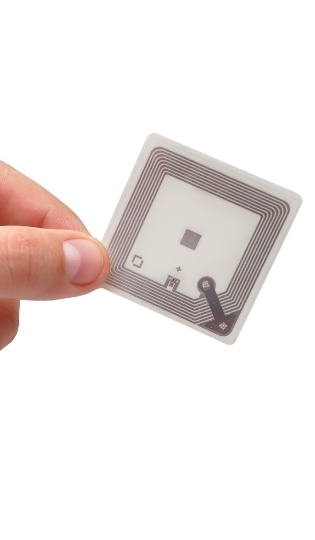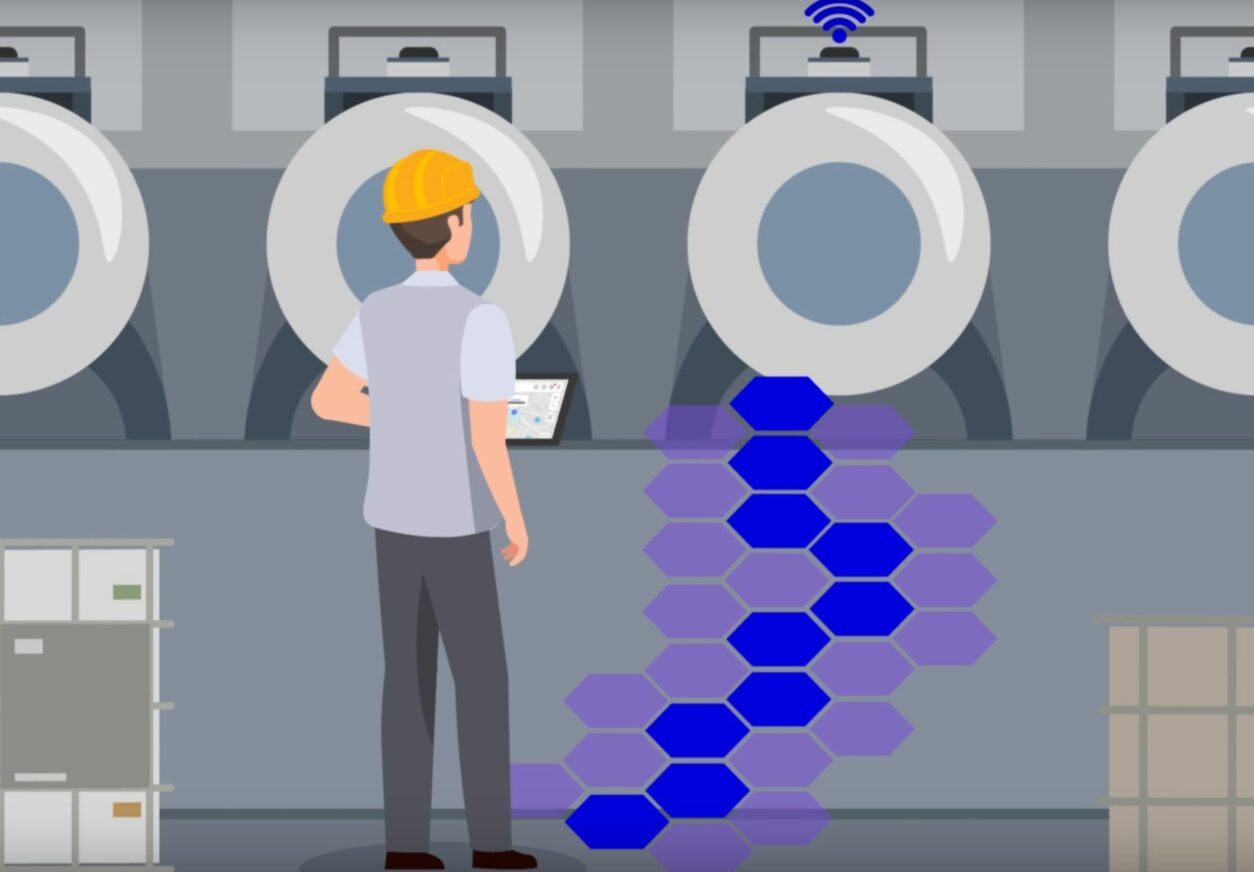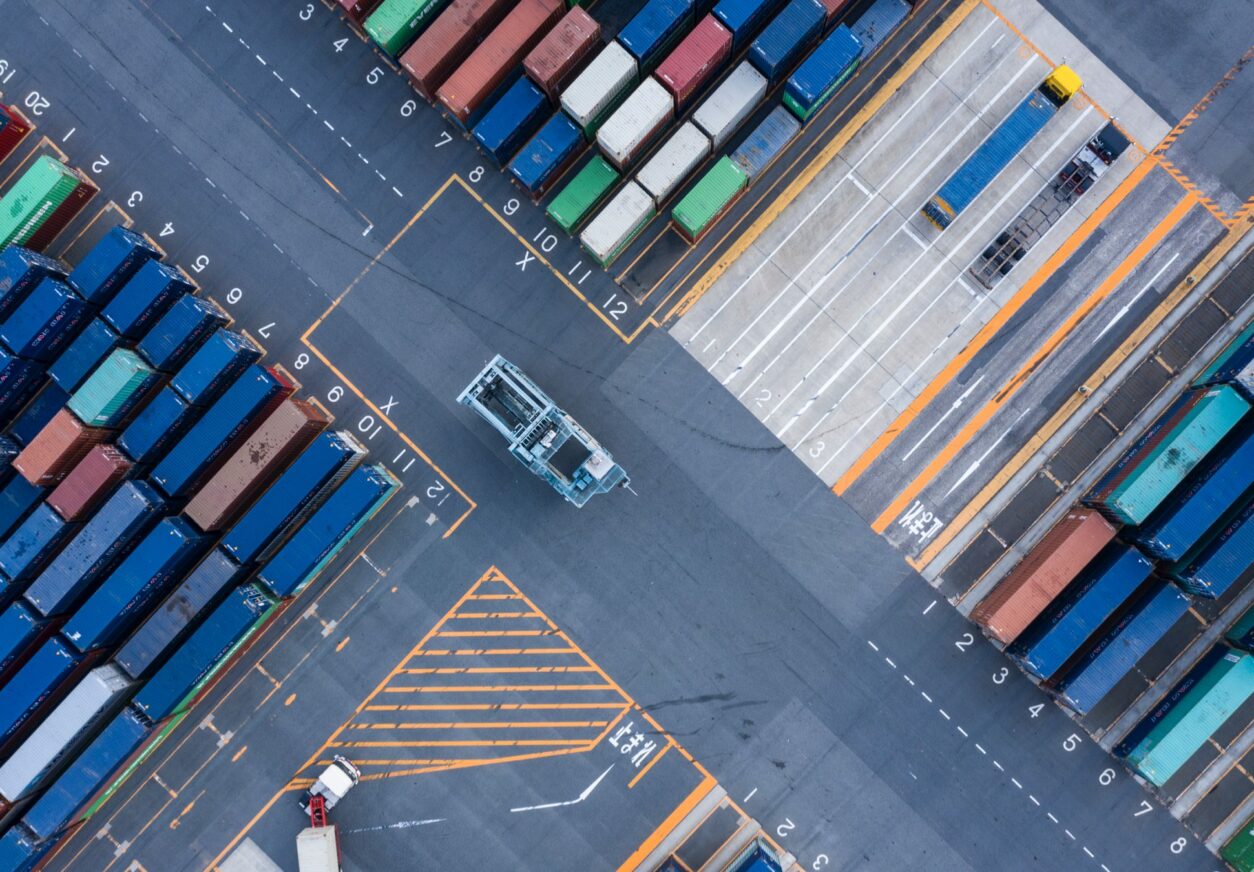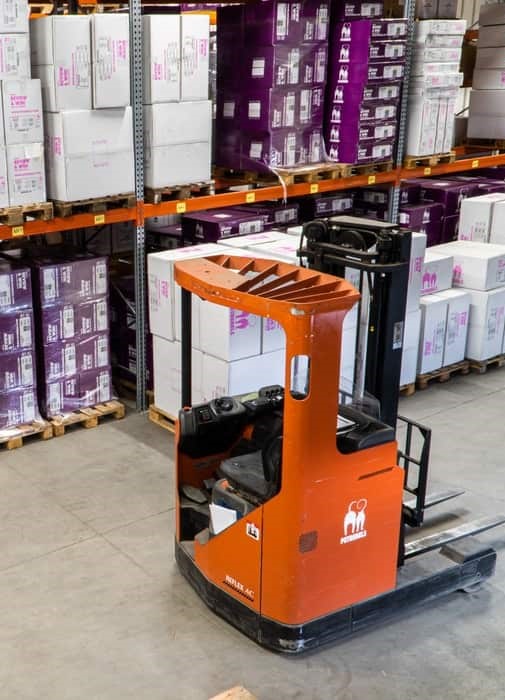RFID (Radio Frequency IDentification) is one of the challenges of the factory of the future, everyone agrees! Industrialists think it is a miracle solution. However, it is not always the case. RFID creates some constraints that it is necessary to know before considering using it in your company. I detail below three problems that manufacturers encounter after implementing RFID technology in their factory.
RFID is not suitable for metal environments
Tags communicate poorly with RFID transmitters in metallic environments. The electromagnetic waves emitted by the transmitter interfere with the metal masses. And this, regardless of the frequency range of the tags. As a result, the read rate decreases considerably. It is sometimes no more than 90%.
Unthinkable in industry! The industrial environment requires reliable and efficient processes. An operator must be able to read the RFID tag for sure at the risk of losing a lot of time…
Labels for metallic surfaces have been developed. They have not yet solved all the problems encountered. The reading rate is very difficult to reach 99%.
RFID does not yet lend itself well to metal surfaces.
Localization by zone
An RFID reader reads in a zone around it. All tags in this area are read.
This can be a problem for operators who only want to read a limited area. The example below demonstrates this :
When taking inventory of tools at the beginning of a shift, an operator wants to know what tools are in his cabinet. He places his RFID reader in front of his cabinet to read all the tools. Unfortunately, he also detects the tools in other workstations around the cabinet. But why? Because the reading area is not limited to the cabinet, the RFID reader also reads everything around it. This is typically a problem with RFID technology. It is difficult to limit the reading of the tags to a well-defined area. The operator ends up with either too many or too few tags.
The reading area of the RFID is difficult to control.
The cost of the global solution
The price of an RFID reader, depending on the technology, is generally between 400 and 1800€. This multiplied with the number of operators or reading points, the cost increases very quickly. But, it is especially the tags that represent an important cost. The price of tags varies from a few cents for passive labels to several tens of euros for active or anti-metal tags.
Compared to barcodes, the comparison is quick! Editing a barcode does not cost even 1 cent. You just need a conventional printer to print them. Barcode scanners are also cheaper.
One of the goals of RFID is to obtain a gain in productivity. The cost of this technology is a brake for its implementation for the factory of the future. Suppliers still need to work to provide cost-effective solutions.
The cost of RFID is much higher than a barcode solution.
In conclusion
RFID technology is not yet the solution that all manufacturers dream of. Suppliers still have difficulties to adapt to the metallic environment of the shop floor, to manage the zone effect and to lower their prices.
Many companies implement this solution without taking all the parameters into account and then go backwards.
